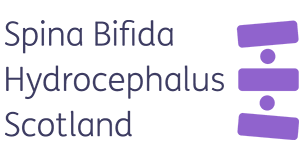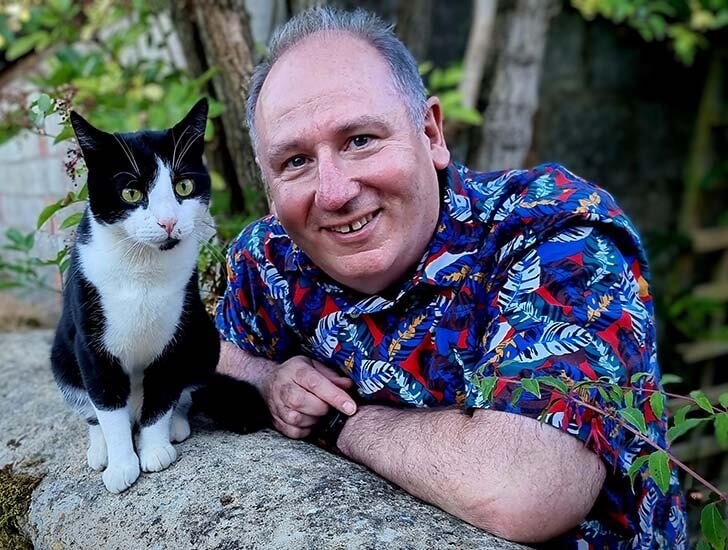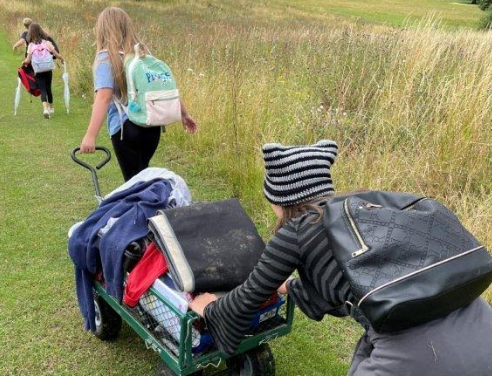John May joined at a turbulent time for Cats Protection, but they are all ready to move forward, as he tells Melissa Moody
___________________________________________________________________
John May, CEO of Cats Protection, didn’t always think he’d be in his current position; he believed he was going to be an actor. “I realised pretty quickly I couldn’t act,” he laughs, moving into his first career as a teacher, and then to head teacher by the age of 28.
“After a few years in headship I thought to myself ‘well, what am I going to do next?’ and there were various paths possible,” May says. One was into local authority and the other the charity sector, specifically working with charities focusing on young people. Roles included director of education and community campaigning at Business in the Community, founding CEO of Career Ready, CEO of Young Enterprise and secretary general at the Duke of Edinburgh’s International Award Foundation before shifting into animal welfare in his current role at Cats Protection.
Despite moving away from his expertise in working with young people, May found that there are a lot of similarities throughout the sector. “Cats Protection is a voluntary organisation; we have nearly 10,000 volunteers around the United Kingdom, and the volunteers help make the impact we want to see as a charity. That’s not so very different from the space I’ve come from.”
And although some might see it as a challenge moving from young people to animal welfare, May doesn’t. “I’m absolutely dotty about cats, and my own pet rules the house… I think as long as one recognises and remembers what the vision and mission of an individual charity might be, and as CEO I find I have to be wedded to that, then the skills and the behaviours actually remain very similar because at the heart of every charity are the people who make it work.”
Working in the sector for a number of years, May has seen a number of changes. One of the biggest would be the recognition that working in the charity sector is not a soft option.” It’s becoming clear to those not necessarily in the sector that charities are “really effective businesses… we make impact and we make lives and change chances. And I think that sometimes it’s not properly appreciated.”
Drawing a line
It’s certainly not an easy sector to work in, because with it comes the highs and lows any business goes through and tough decisions need to be made. In the months before May joined the organisation, the charity was faced with media coverage surrounding governance issues and its interim CEO quit. Its former chair Linda Upson also resigned after claims she was keeping 18 cats in her house in contravention of animal welfare regulations.
Upson then quit as chair and trustee a week after the charity’s interim chief executive Charles Darley left after his relationship with Upson and deputy chair Angela Swarbrick broke down.
“We’re ready to draw a line and start a new chapter for the organisation,” May says.
He praises new chair Kit Sturgess, who has a long track record with the Royal College of Veterinary Surgeons where he is a fellow.
The charity also has a new strategy that has been in the works for a number of years and focuses on seeing the world through a cat’s eyes. If they can do that, he adds: “my sense is that the future for the charity is extremely bright, and there’s an opportunity for Cats Protection to do even more than it’s done before.”
The organisation is known for rehoming cats, but it also helps to control the country’s cat population through neutering both feral and domesticated cats in addition to advocating for cats within the UK; the latter two points the organisation is hoping to do more work in.
“We have a reputation for the cats in our care. Now there’s a very real opportunity to have an impact on cats that don’t necessarily come directly into our care but their owners might look to us as experts in the area of cat welfare,” he says. He acknowledges that it’s something the organisation has been trying to do since its inception, using a 1930s edition of its magazine as an example of showing cat owners how to look after their cats “but I think our reach can be even greater than it has been”.
Moving forward
Like many charities, Cats Protection has been feeling the impact of the cost-of-living crisis and adapting to meet the challenges it’s brought. It’s worked with local food banks to provide cat food, appropriately named Community Kitty, in addition to working with the Dogs Trust, RSPCA, Pet Plan and FareShare to unlock donations through corporate partners in an effort to help struggling pet owners.
Its volunteer network has also been aiding in the crisis with on-the-ground support, not only raising money but through fostering, trapping and neutering and returning animals to the wild.
“What they’re saying to us is that there are very real growing needs within communities, particularly caused by the cost-of-living crisis. What we need to do is position ourselves and the charity to get as much support in the right place to ensure people aren’t put in that appalling situation of having to choose between feeding their families and feeding their pet.”
Even with its challenges, the organisation is thinking ahead, currently working on an updated brand. “What we want to do is to create a visual identity that reflects our vision of society where every cat has their best possible life.
“The only way we’re going to be known, the only way we’re going to be loved is by being recognised. The way to do that is to invest in the way we’re going to with the brand and ultimately bring more people to our mission and our cause.”
The charity is also hoping to expand Paws Protect, the support programme for families fleeing domestic violence. He explains that pets can be used to coerce someone in a violent situation to stay. “If we can take that away and provide a foster home for a cat whilst the family is able to get themselves into the right space then we can do something.”
This is in addition to its neutering programmes and advocacy work – it was part of the contingent that helped make it law that cats have to be microchipped by law from 2024.
All of this work links back to the organisation and its values. “As a charity, we’ve defined our values in the last few months after consideration as to what sort of charity we really want to be.” The two values most important to May are compassion and courage.
“We want to be a compassionate organisation and we should be courageous; we should be ready to stand up and make statements and take action. Not always necessarily the most popular, but the right thing to do. And, for me, that’s about doing the right thing by people and the right thing by the animals we serve.”
Charity Times video Q&A: In conversation with Hilda Hayo, CEO of Dementia UK
Charity Times editor, Lauren Weymouth, is joined by Dementia UK CEO, Hilda Hayo to discuss why the charity receives such high workplace satisfaction results, what a positive working culture looks like and the importance of lived experience among staff. The pair talk about challenges facing the charity, the impact felt by the pandemic and how it's striving to overcome obstacles and continue to be a highly impactful organisation for anybody affected by dementia.
Charity Times Awards 2023
Mitigating risk and reducing claims

The cost-of-living crisis is impacting charities in a number of ways, including the risks they take. Endsleigh Insurance’s* senior risk management consultant Scott Crichton joins Charity Times to discuss the ramifications of prioritising certain types of risk over others, the financial implications risk can have if not managed properly, and tips for charities to help manage those risks.
* Coming soon… Howden, the new name for Endsleigh.
* Coming soon… Howden, the new name for Endsleigh.
Better Society

© 2021 Perspective Publishing Privacy & Cookies











Recent Stories